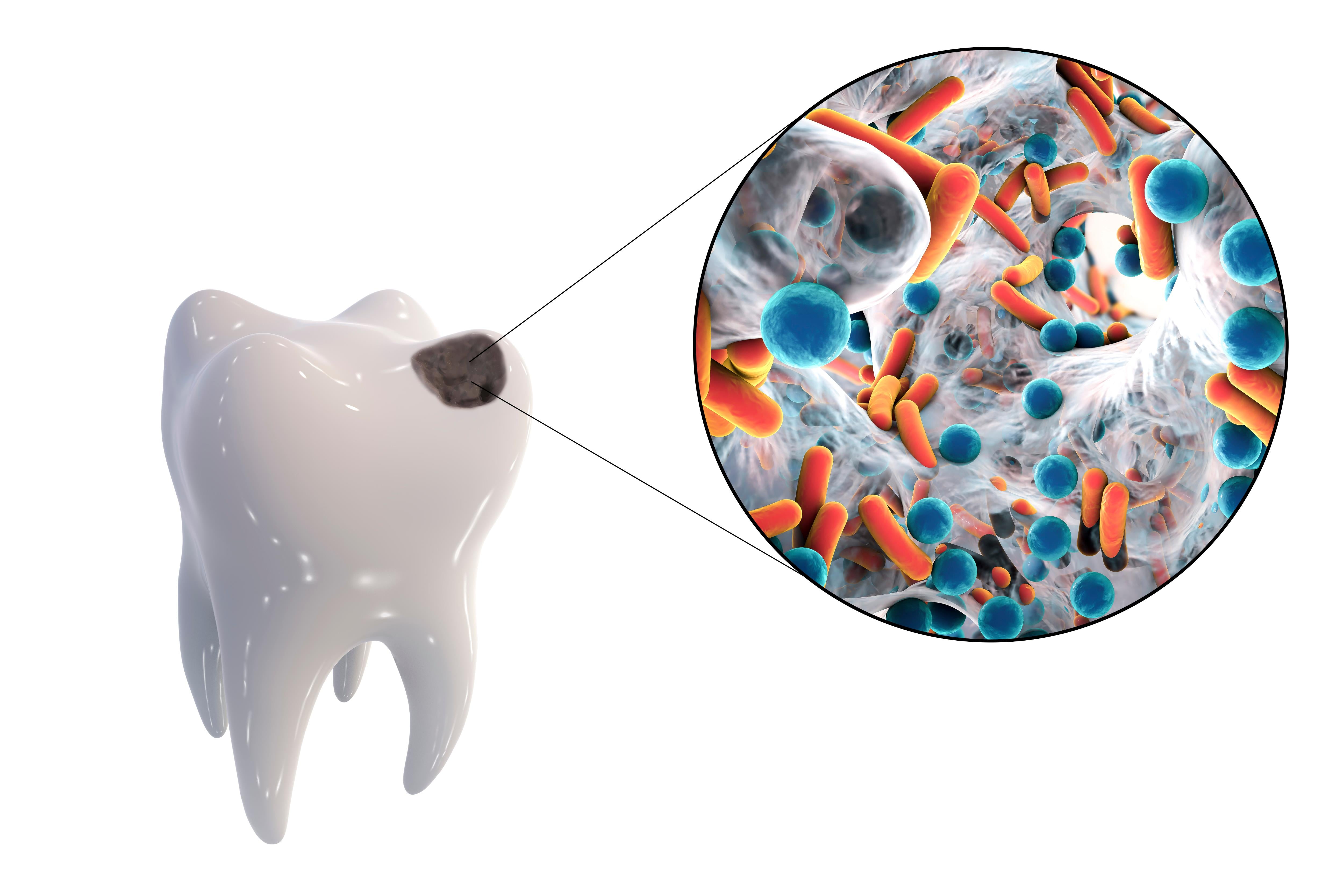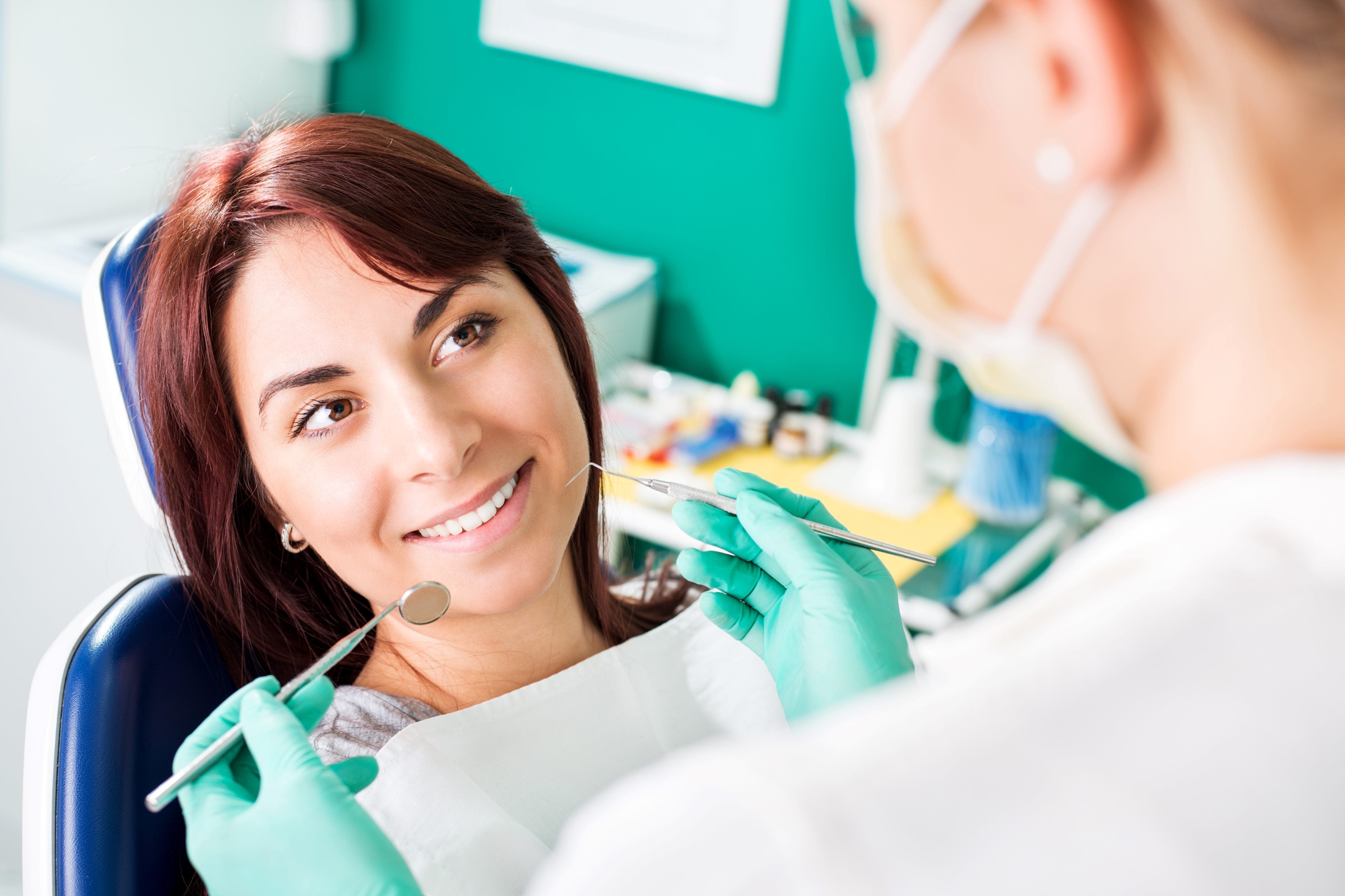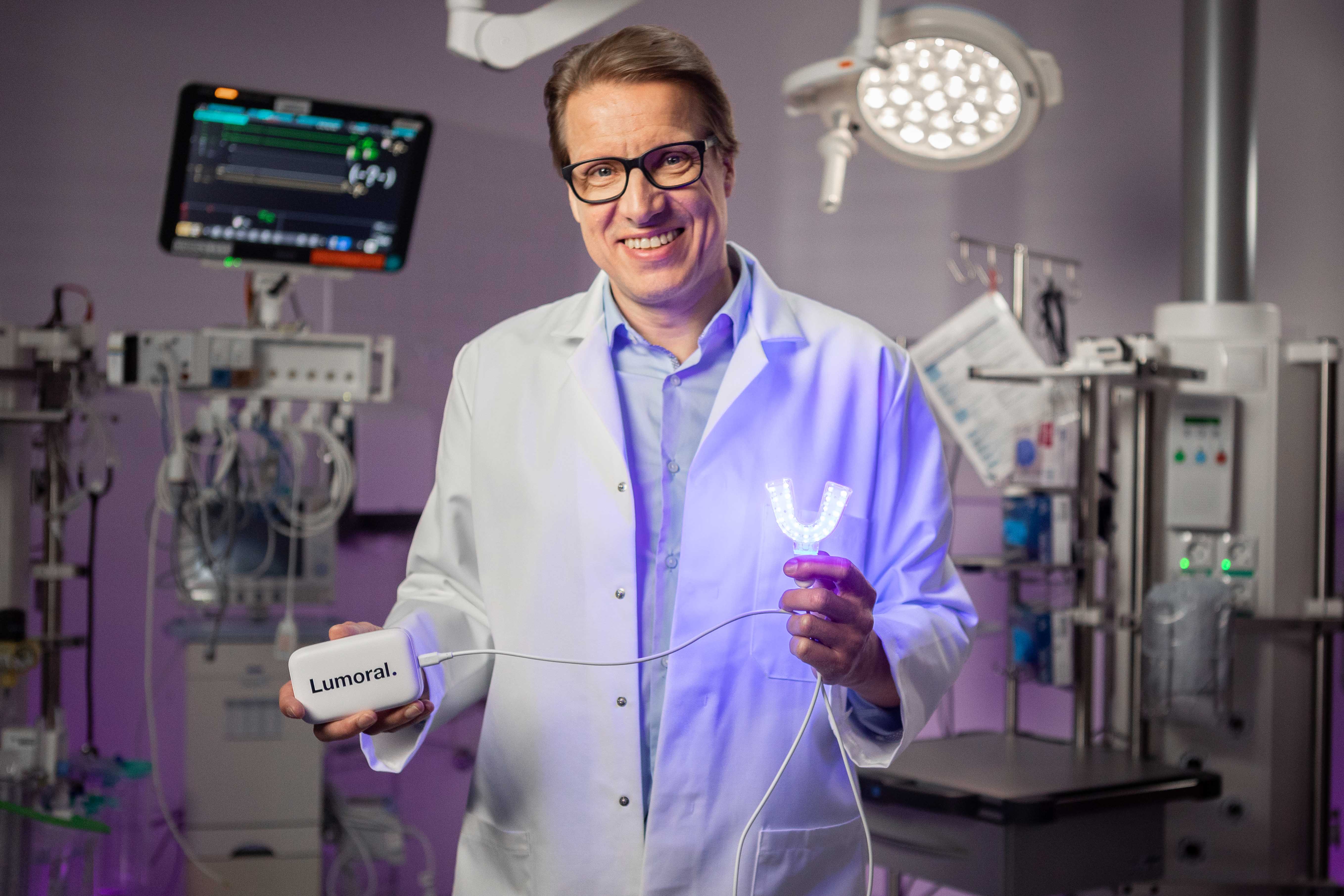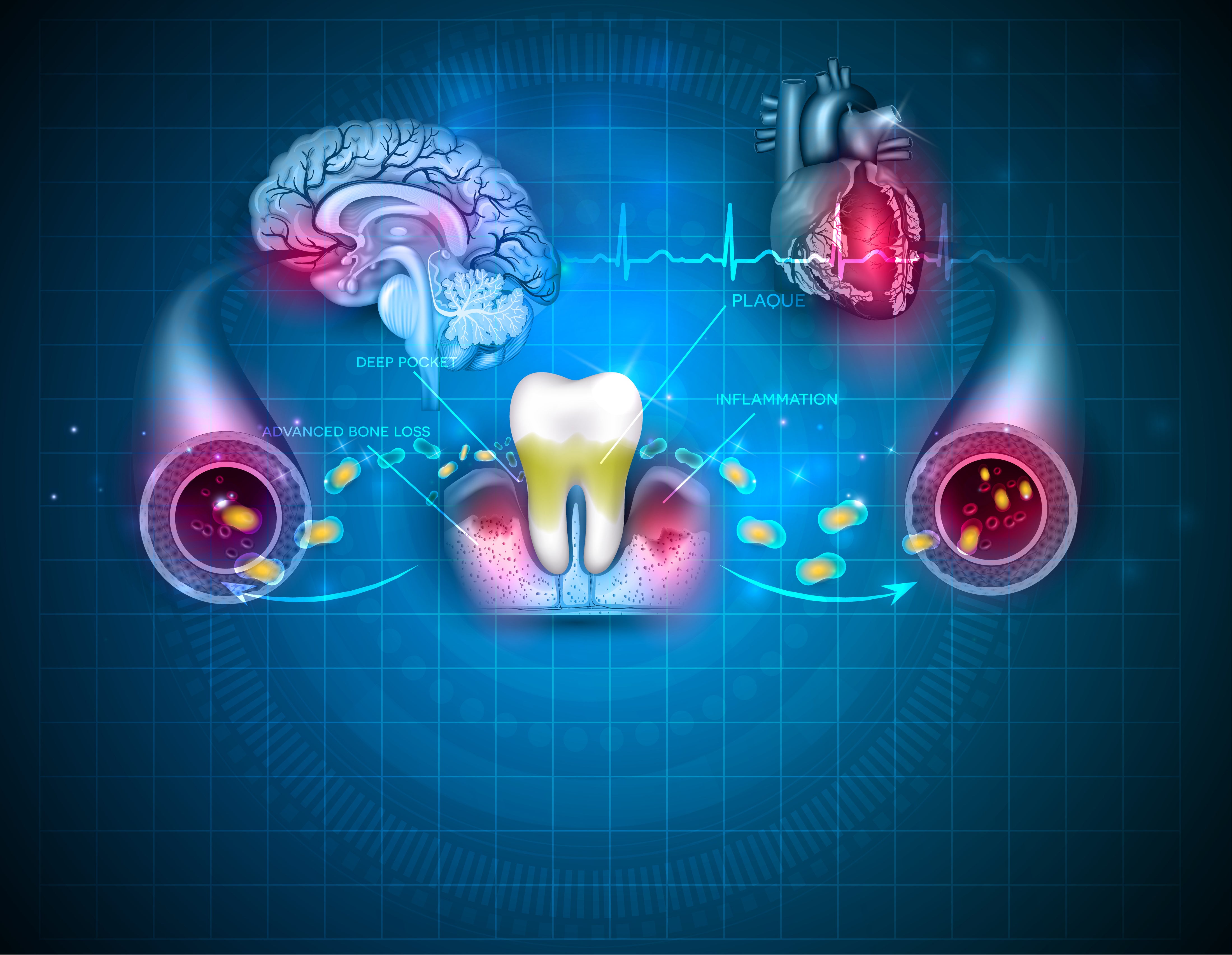- All posts
- 8 Media Venture
- althetics
- aMMP8
- Annimari Korte
- Antibiotic resistance
- Apotek Härtat
- Aqua Dental
- athlete
- Award
- Baltics
- Bonnier
- Bonnier News
- Brain health
- Business
- Cancer
- cardiovascular disease
- caries
- Chemo therapy
- children
- collaboration agreement
- Croatia
- Denmark
- Denta
- Dental erosion
- Dentex
- diabetes
- Dual Light
- Duodecim
- EFP
- EFR
- Estonia
- EuroPerio
- event
- Expodental
- FIBO
- fund raising
- general health
- Gingivitis
- Gum disease
- HAP
- HealthHub Pharma
- HIDES
- Hospital infections
- hospital-acquired pneumonia
- IBD
- Iceland
- IDS COLOGNE
- implantology
- invest
- investment
- italy
- Koite Health
- Latvia
- Lithuania
- lumoral
- Lumoral App
- Lumoral Junior
- Maritime industry
- Media
- MegaGen
- Movie
- News
- Nordic markets
- Nordics
- O
- Olympics
- Oral health
- Oral hygiene
- Oral mucositis
- Patent
- PDT
- peri-implantitis
- Perio Master Clinic
- Periodontitis
- periodontology
- Photodynamic therapy
- Press
- Ranking
- Romania
- Scandinavian Society of Periodontology
- Science
- Seafarer
- Seedtable
- share issue
- Shareissue
- Siblings movie
- Spain
- spots
- Stroke
- Study
- sweden
- Tartar
- techtour
- Thailand
- UK
- United States
- Valentine's Day
- WHO
- World Cancer Day
- World Health Day
- World Heart Day
- world oral health day
- World Smile Day

According to a report commissioned by the European Federation of Periodontology (EFP), 4.9 percent of global healthcare expenditure is allocated to treat preventable oral diseases such as gum infla...

Finnish Medical Society Duodecim highlights Lumoral as a breakthrough in Finnish healthcare
Duodecim, Finland's leading medical association, has published the book "The Healing Power of Medicine" (Lääketieteen Parantava Voima), which presents Finnish advancements in healthcare for disease...

Fresh breath is the key to overall well-being
Valentine's Day is approaching – a celebration symbolizing love and friendship. Therefore, it is an appropriate moment to consider the importance of fresh breath in relationships. Good oral hygiene...

Dental disease that many overlook – this is what you should check for
An untreated inflammation in the gums can eventually lead to periodontitis. Yet, many people overlook the symptoms of gingivitis, as it is also called. Here are the signs you should be on the looko...

The Finnish innovation that is revolutionizing dental care
Clean teeth – for real. Through dual light therapy, the new Lumoral treatment removes 99.99 percent of harmful bacteria in your mouth – something that neither a toothbrush or flossing can do. Plaqu...

The mouth is a gateway to infection in the body
Good oral hygiene is an essential part of the basic management of kidney and liver disease. For transplant patients, oral health care is particularly important as these patients are often at increa...